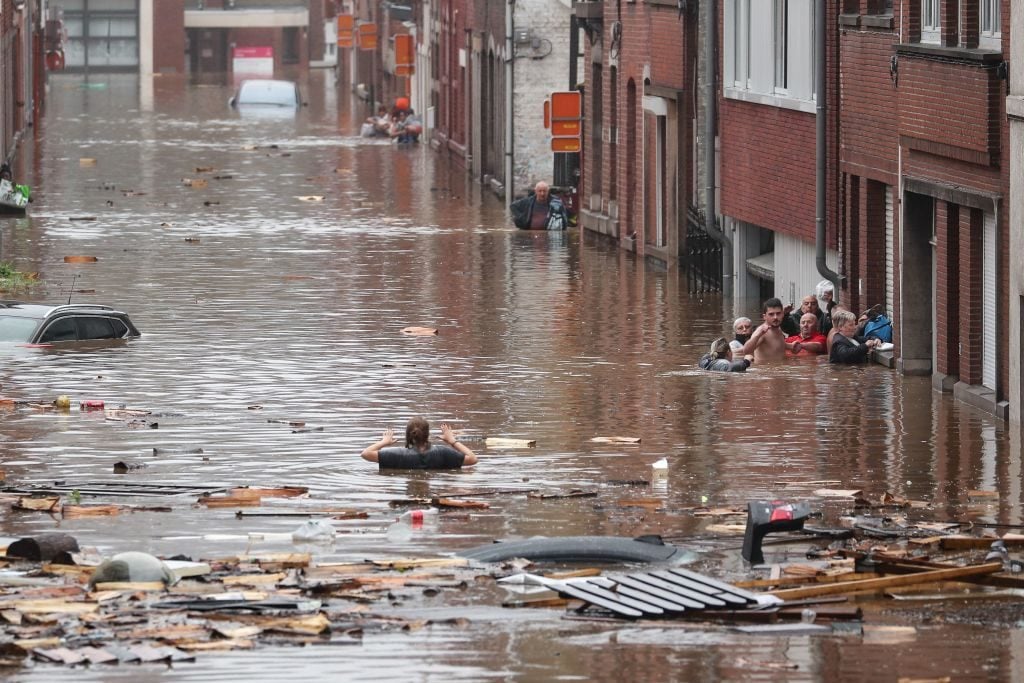Politics
German Cultural Institutions Damaged by the Summer’s Historic Flooding Will Get a Cut of a $35 Million Aid Package
The western region of Germany experienced devastating rain and flooding this summer.

The western region of Germany experienced devastating rain and flooding this summer.

Kate Brown

The German government will give €30 million ($35.4 million) in aid for areas impacted by this past summer’s devastating rainfall and floods, including to damaged cultural institutions and monuments.
The funding is part of a larger development aid package of up to €30 billion ($35.4 billion), which will help the southwestern states that were most harmed by the flash floods. The funding will go to public and non-profit institutions, as well as privately managed archives.
Culture minister Monika Grütters said the government is “sending a strong signal of solidarity” to the people of the region.
In Germany and Belgium this summer, record floods destroyed entire towns. A total of 180 deaths have been reported in Germany, while the property damage runs into the billions. The southwestern region has many town peppered with historic, half-timbered houses and medieval centers.

A woman wades down a flooded street following heavy rains in Liege, on July 15, 2021. Photo: Bruno Fahy/Belga/AFP. Belgium OUT via Getty Images.
“We are dealing with centuries-old cultural landscapes,” Grütters said in a statement. She called it the “first package,” and suggested that more help would come in future.
Historical documents and objects from the archive in the town Stolberg were damaged with muddy water. The Federal Archives have been helping Stolberg and other affected towns since the water receded in July, freezeing the items to protect them from further water damage and mold.
Historic sites that suffered damage include the Burg Blessem in a town southwest of Cologne. The castle dates back to the 13th century and partially collapsed in a mudslide. Another castle, the baroque Schloss Neuenhof in Lüdenscheid, which is east of Dusseldorf, suffered damages as well.
In addition to the funds, the region is being sent 10 containers of equipment and materials to help protect and restore the damaged cultural property. The containers will be saved for future potential disaster management that may be needed throughout the nation.